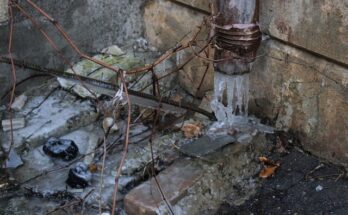New home owners are often surprise when they take a look at their roof and see just how many holes and pipes are coming out of the top of their new prize possession. Of course each of these serves a specific purpose in the house. And though it may seem as if they would cause the house to operate less efficiently, the opposite of this is true.
In fact, all but one of them is designed to help keep your house “healthy” and operating the best it can.
Here are the common vents, pipes, and other holes you might see on your roof.
Chimney
Most people have no trouble locating the chimney. Nor do they struggle describing what it is the chimney does. Many homes have fireplaces where they can burn wood or a gas replacement. The chimney serves as a vent for the smoke and CO2 to be expelled outdoors.
Smoke can be hazardous to your health and can damage property, and CO2 can asphyxiate home owners. It is important that these carcinogens are vented outside through a large, reinforced brick, concrete, or metal chimney.
Plumbing Vents
An omnipresent roof feature is a pipe, usually painted black or to match the roof. While it can be placed close to the chimney, it might not necessarily be there. It typically has no cover and is just 3-5 inches in diameter.
This is a plumbing vent. All homes have at least one, and some have more. These are attached to the waste water system in the house, and they allow your toilets and sinks to drain properly. Each of your drains has an “S” shape in it which holds water and blocks odors from coming up from the sewer system. Good idea, right?
Well, without a roof vent, these would cause flushing and draining to go slowly. Roof vents prevent air from blocking water and waste, allowing the system to work perfectly.
Soffit vents and Gable Vents
In most climates, attics are vented through a passive air system that includes many narrow slats in the soffit of your roof. The soffit is the part of your roof that extends out beyond the walls and looks down on the side of your house.
These are paired with gable vents high up near the peak of your house. The design is simple but important. When your roof heats up under the sunlight, hot air is pushed out the gable vents and is replenished by cooler air from the soffit vent. This helps keep your attic dry and working at peak efficiency, instead of becoming overheated and radiating heat down into your house during summer months.
Turbine or electrical vents
In some excessively hot climates, the soffit and gable vents are paired with turbines or electrical fans to force air into hot attics. This speeds up the cooling in the attic and can make attic venting even more efficient.



